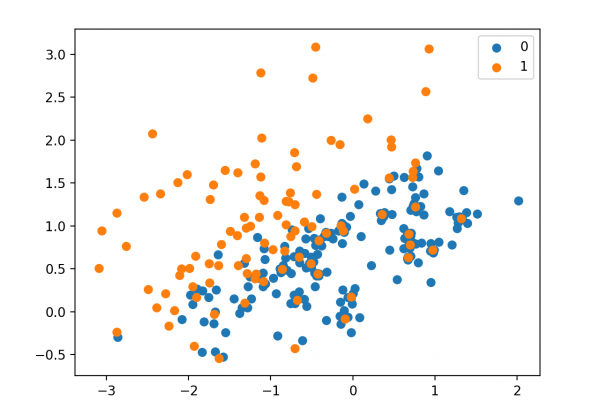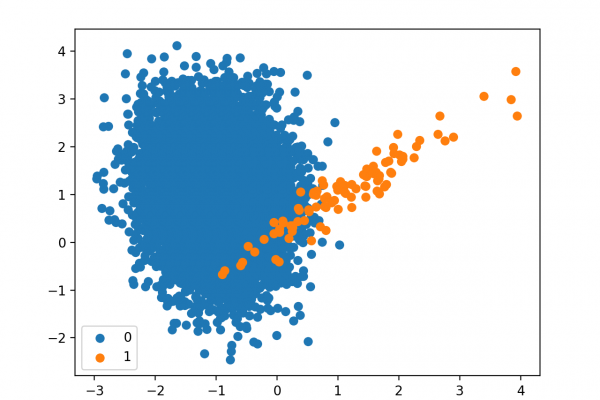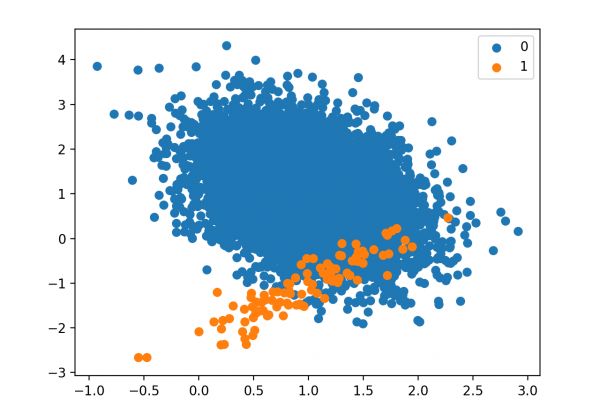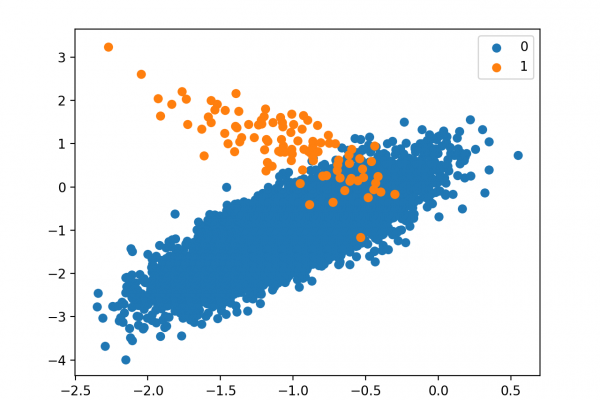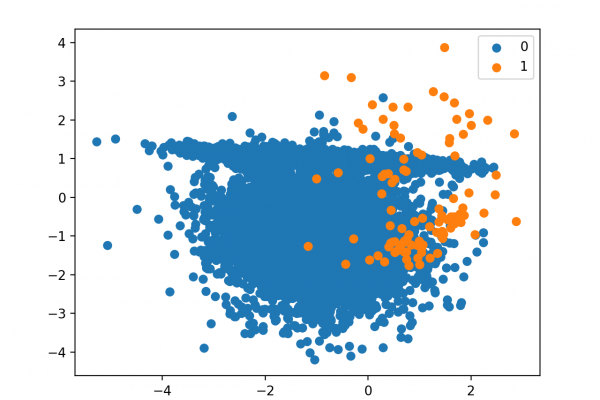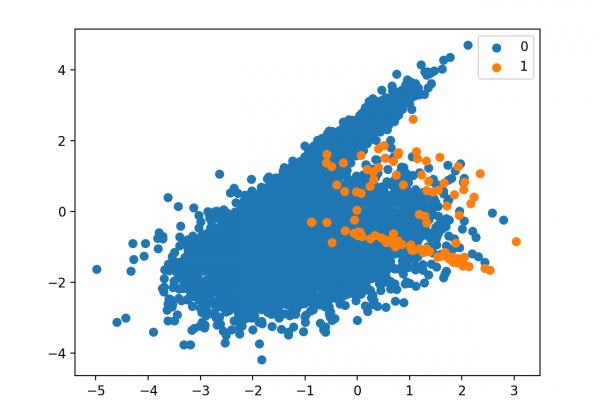Undersampling Algorithms for Imbalanced Classification
Last Updated on January 20, 2020 Resampling methods are designed to change the composition of a training dataset for an imbalanced classification task. Most of the attention of resampling methods for imbalanced classification is put on oversampling the minority class. Nevertheless, a suite of techniques has been developed for undersampling the majority class that can be used in conjunction with effective oversampling methods. There are many different types of undersampling techniques, although most can be grouped into those that select […]
Read more